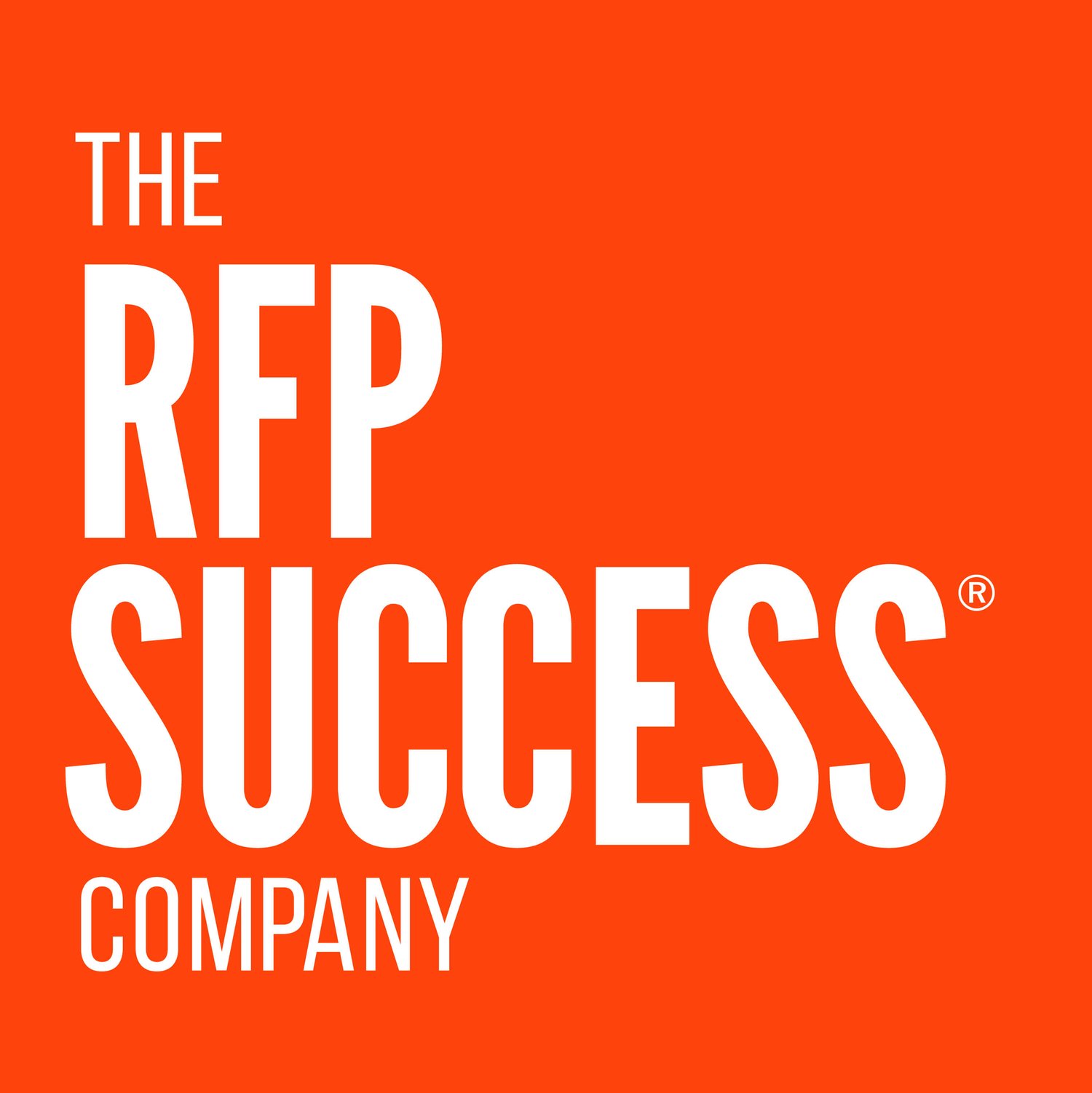EP043: How to get started with RFPs – with Lisa Rehurek
Are you new to the idea of responding to RFPs? If so, you’re probably curious about where to go to find RFP opportunities. And you may also be wondering what the process of responding to a request for proposal looks like. What’s the difference between corporate and government RFPs? What’s the best way to approach the procurement departments of your target customers? Once you’ve identified an opportunity, what steps can you take to prepare a winning response?
Today on the podcast, I’m explaining how to get started with RFPs, discussing how to find opportunities and prepare corporate, state or local government responses. I share the importance of building relationships with people in the organizations and agencies you want to work with and getting notifications when they release an RFP.
I go on to walk you through the process of responding to an RFP, describing how to create a response template, craft a strategy, write and revise the content, and complete the peer review process—in a timely manner! Listen in for insight on learning from the bids you don’t win and get a list of the top resources for identifying opportunities to bid on RFPs.
Connect with Lisa
The RFP Success Community on LinkedIn
Email lisa@lisarehurek.com
Resources
Contracting with the Federal Government on RFP SS EP011
Build Relationships & Win Federal Business on RFP SS EP030
Key Takeaways
The challenge of finding corporate RFP opportunities
How to identify corporate targets and get on their vendor lists
How to approach corporate supplier diversity departments
How to get in front of government procurement departments
The best resources for finding local + state government RFPs
A simple, step-by-step overview of the RFP response process
1. Read RFP and identify questions
2. Create response template
3. Reverse engineer calendar
4. Think through strategy (theme)
5. Get writing done
6. Edit for cohesive voice
7. Objective peer review
8. Editorial peer review
How to get information and learn from the bids you don’t win

